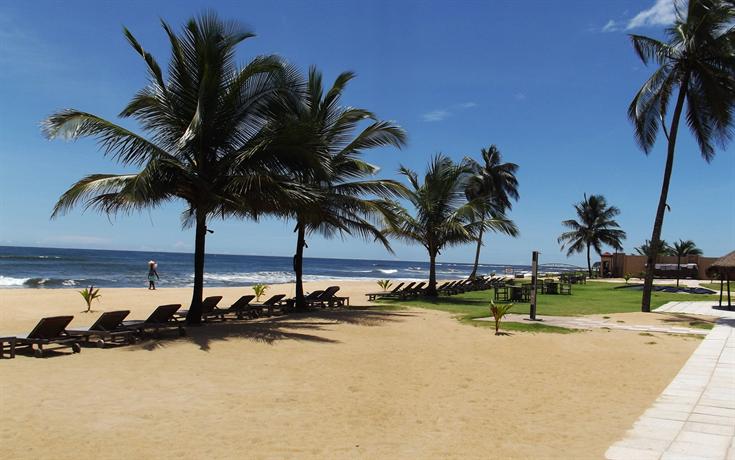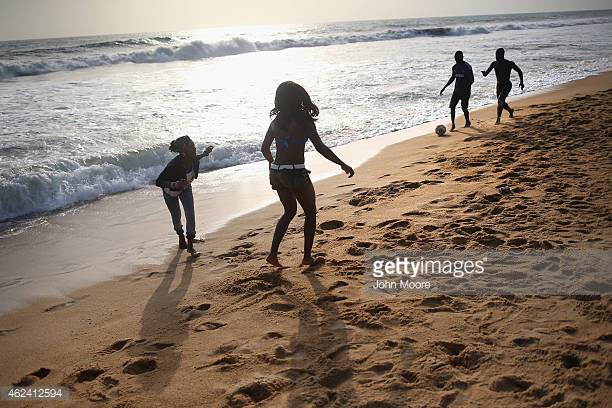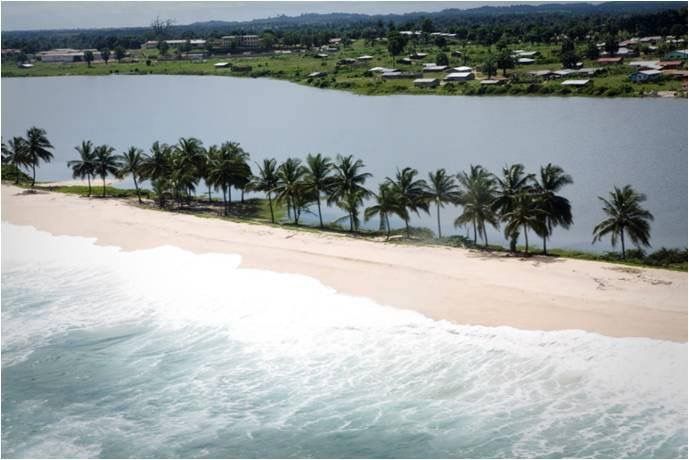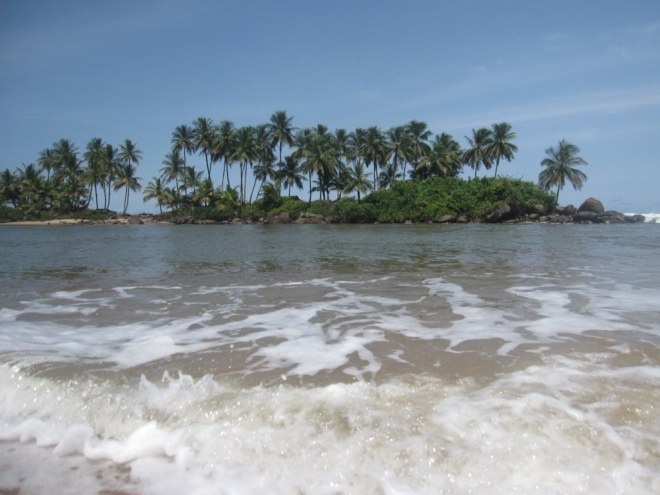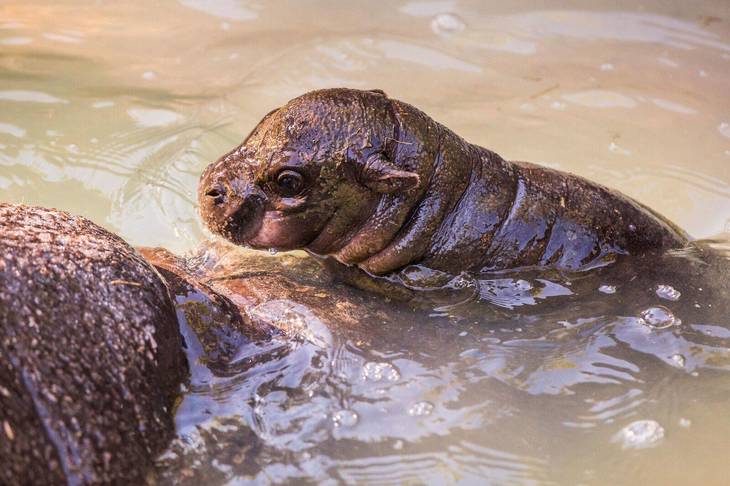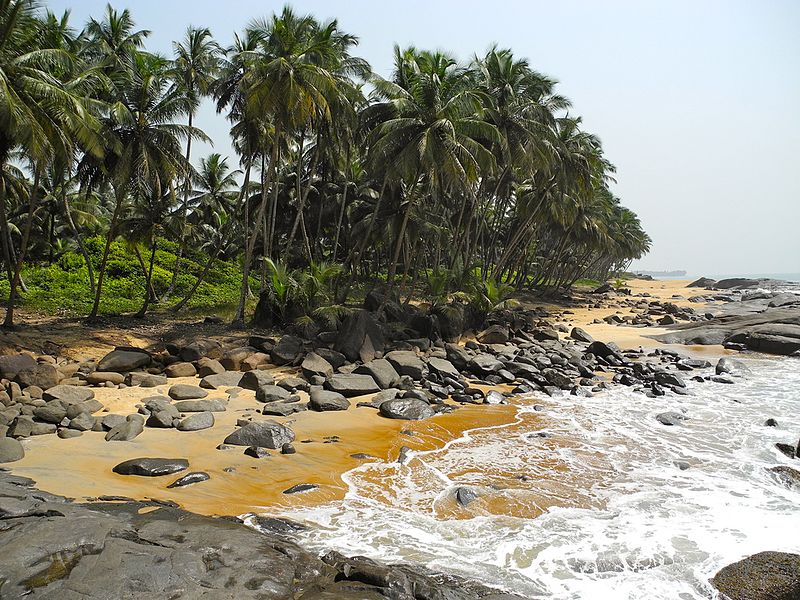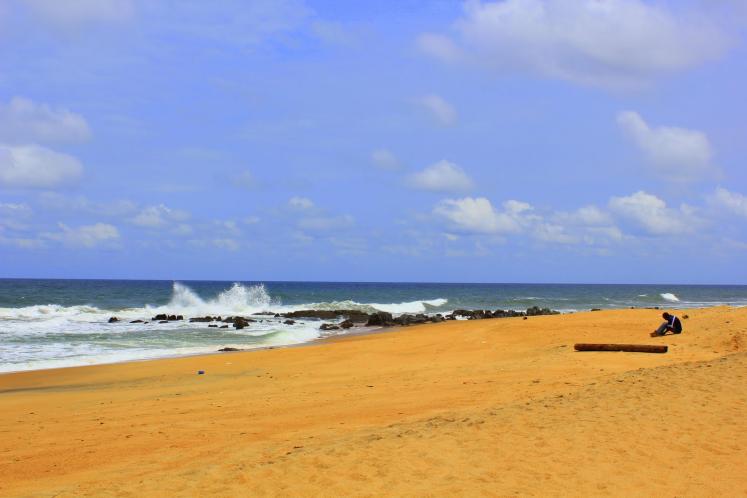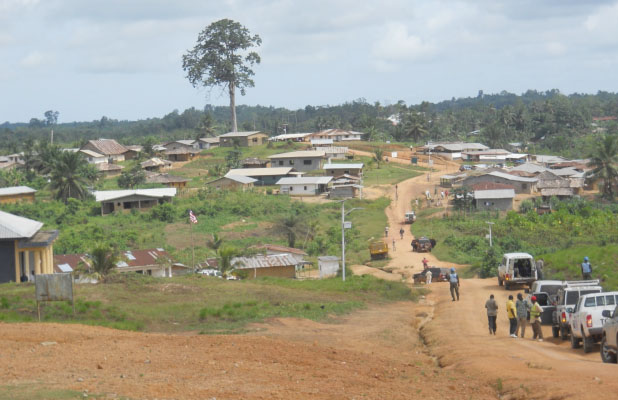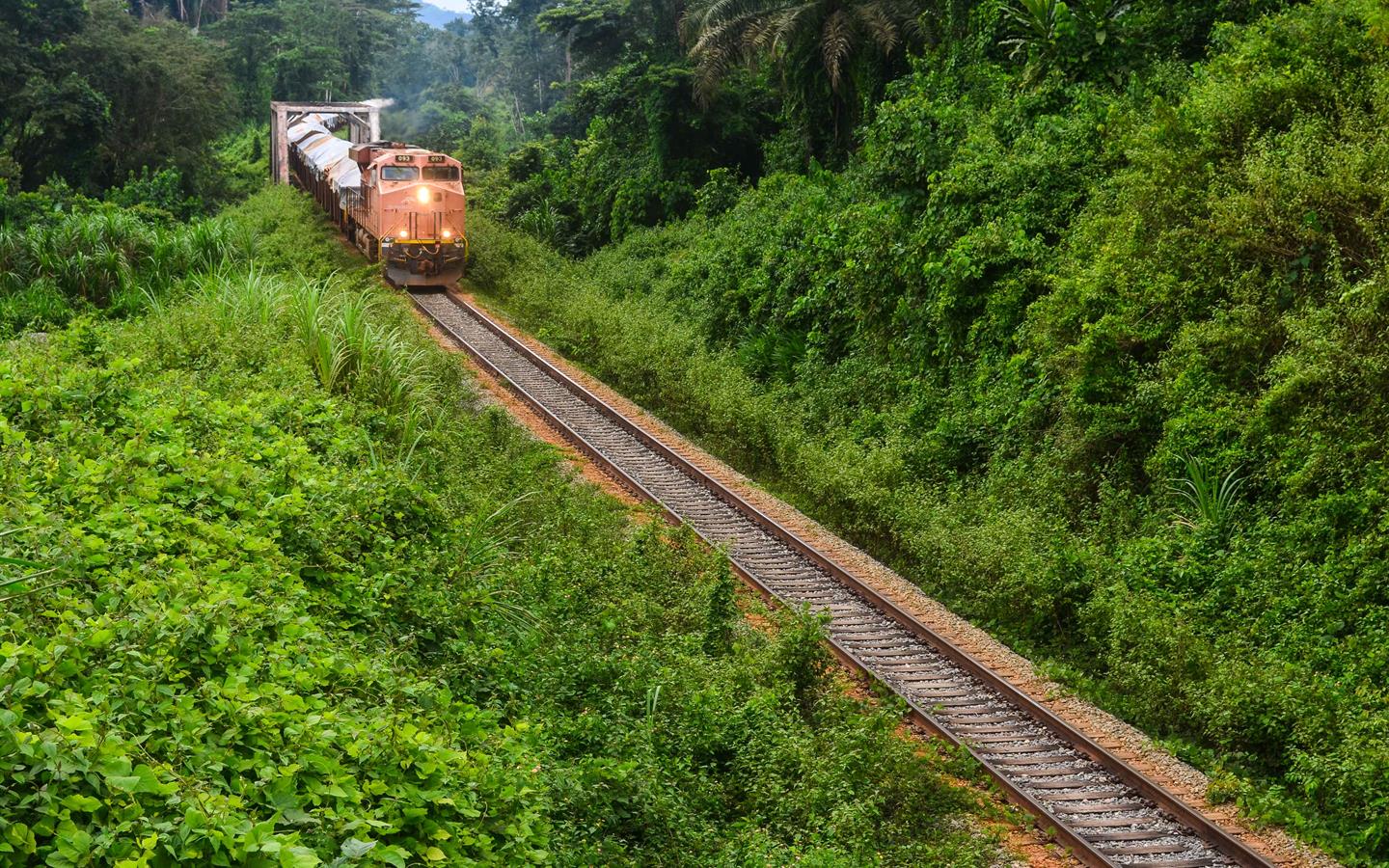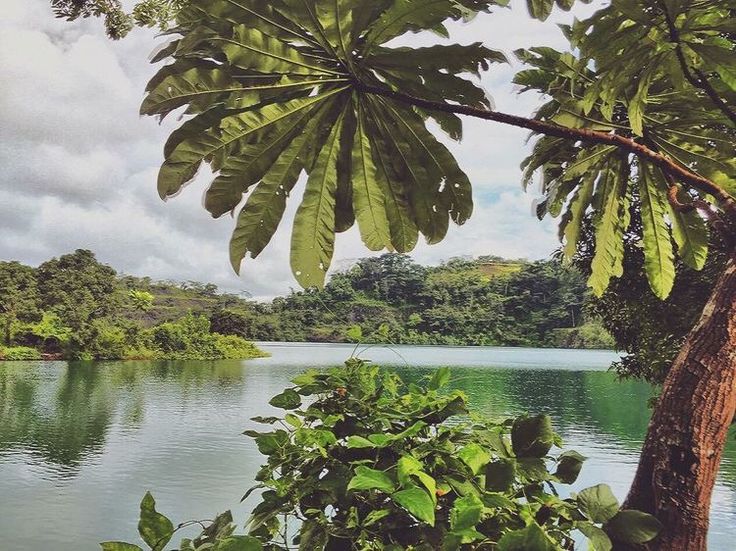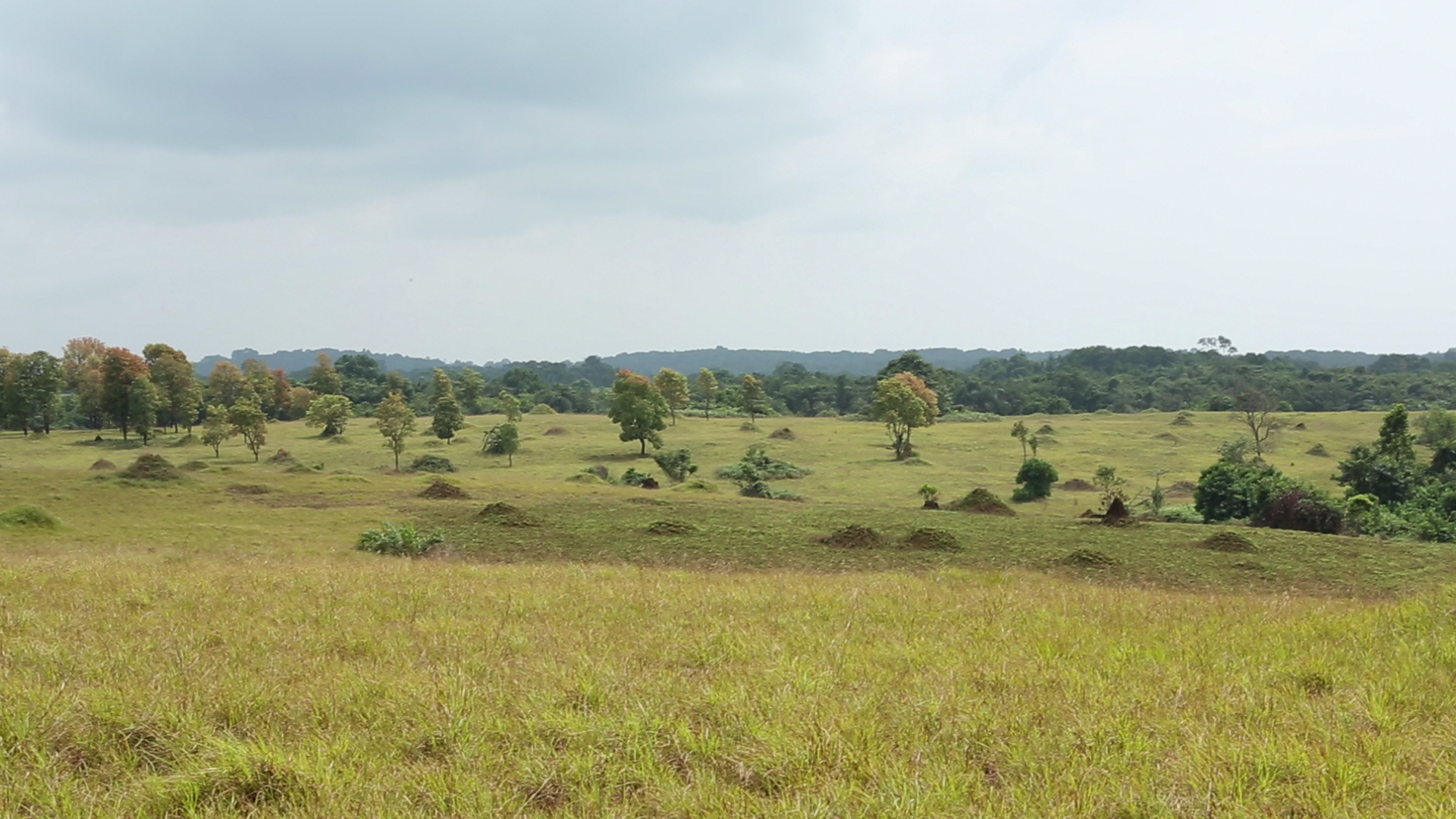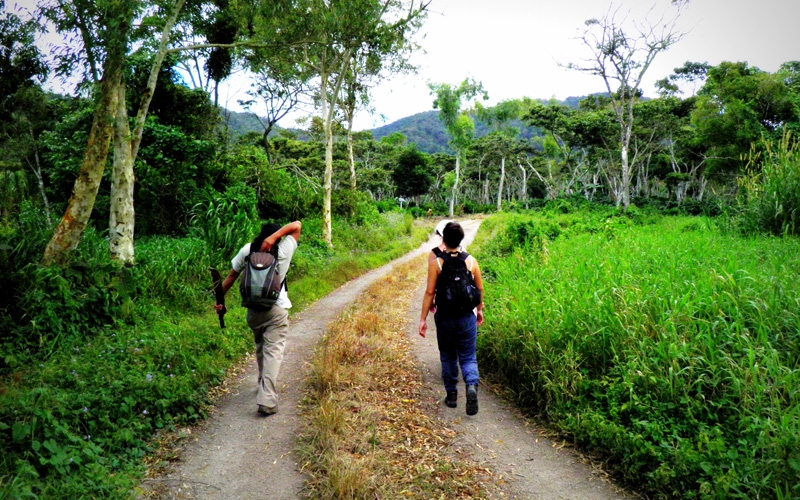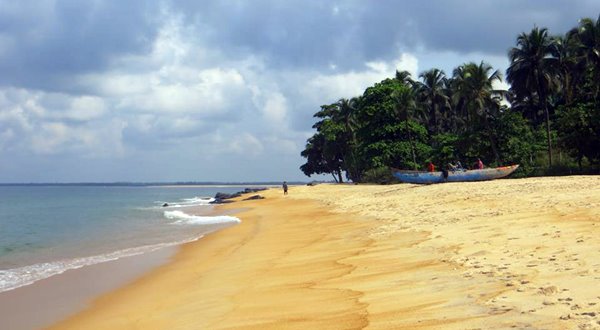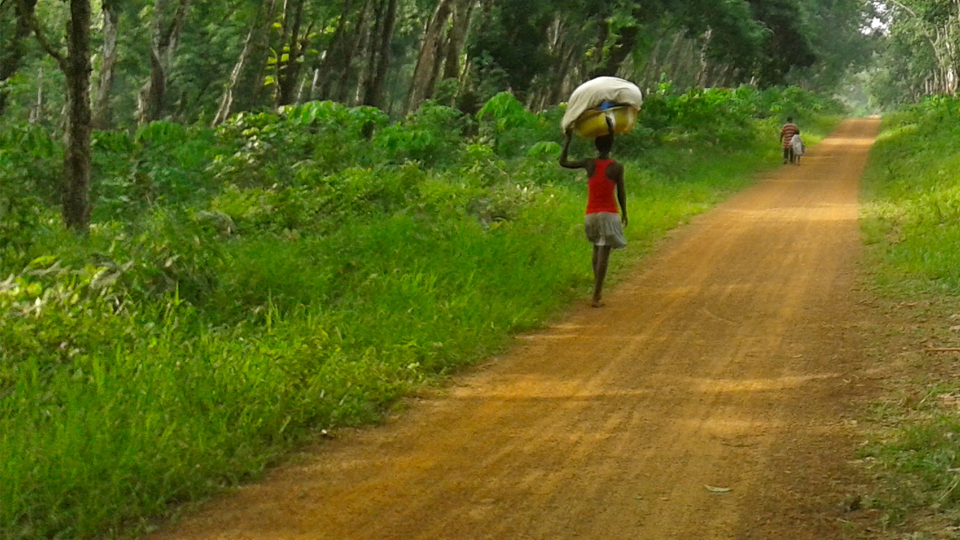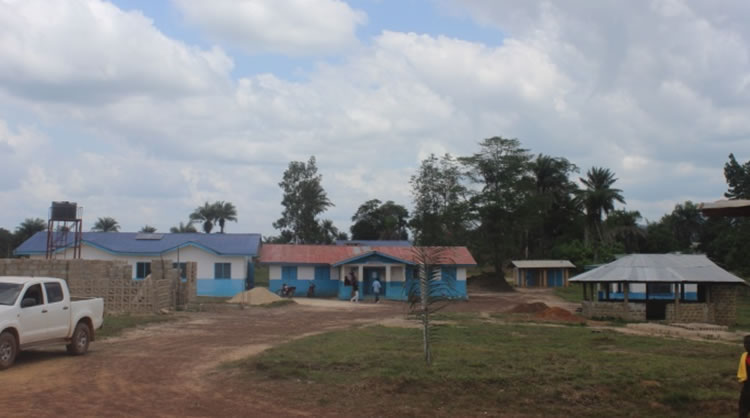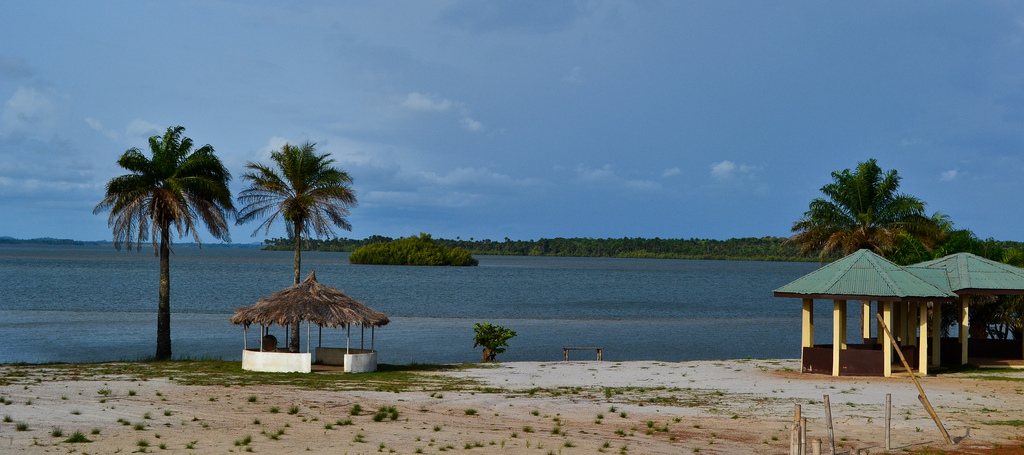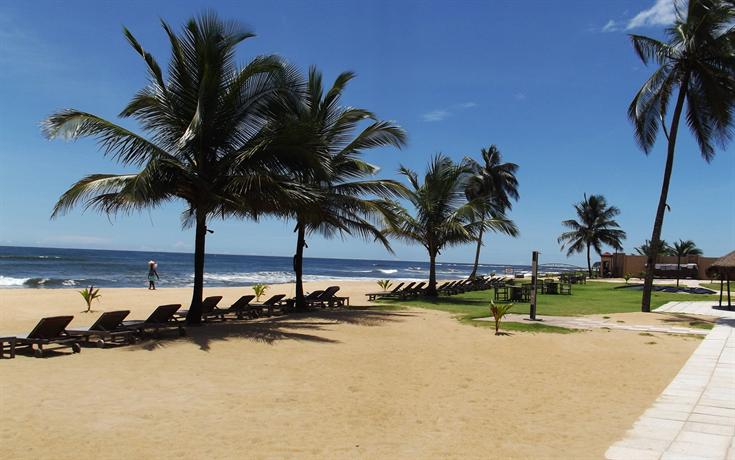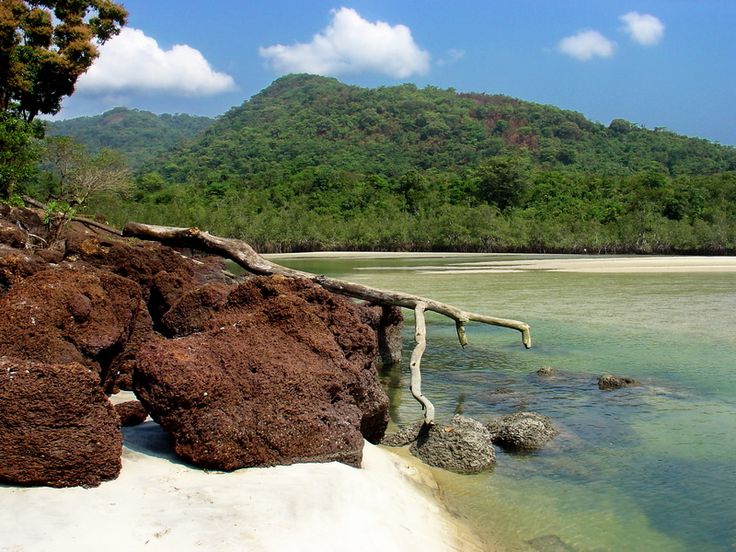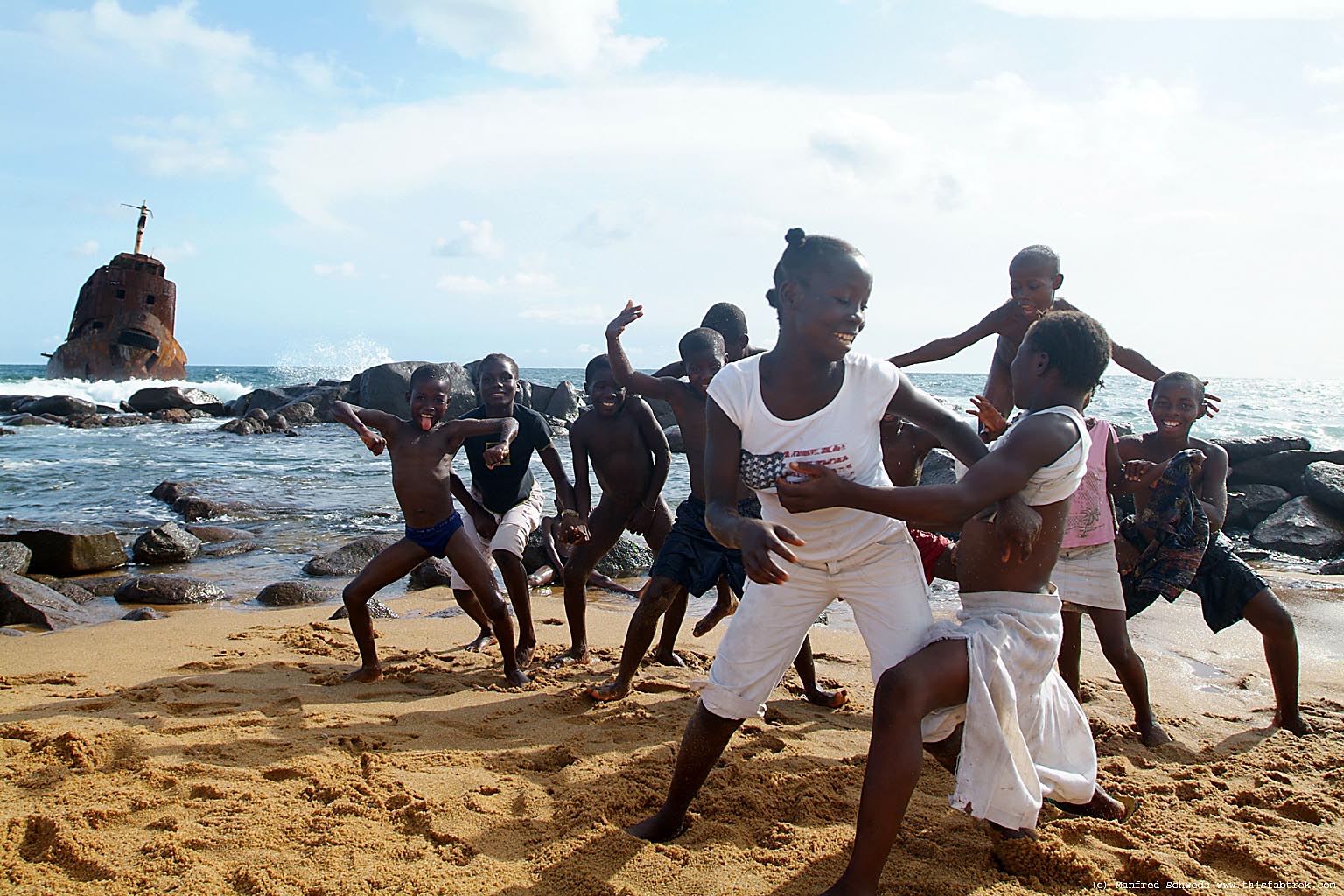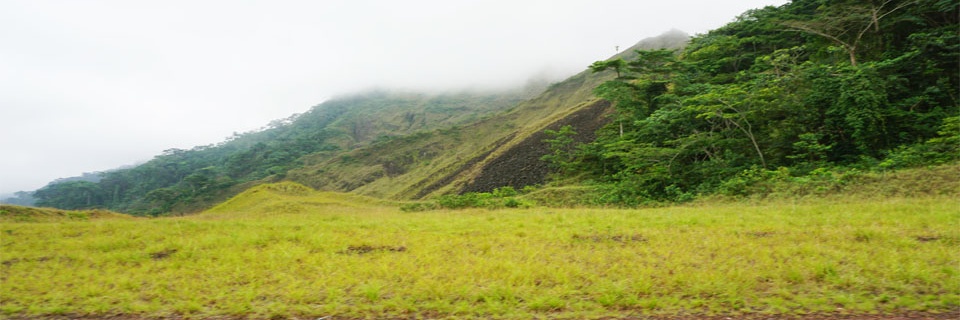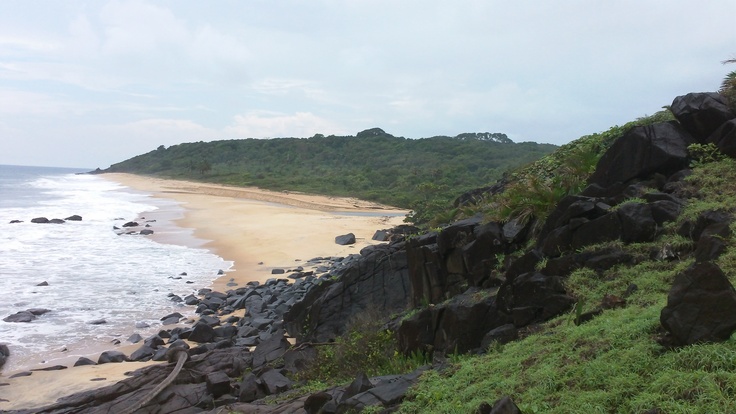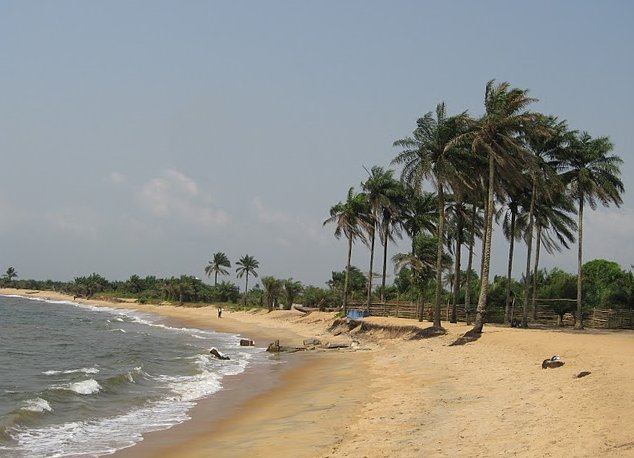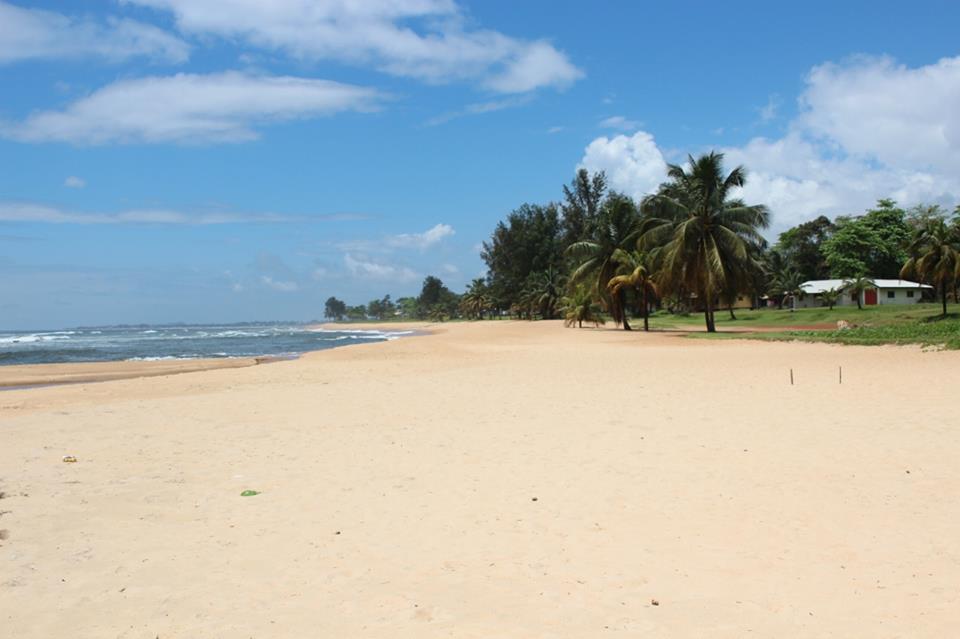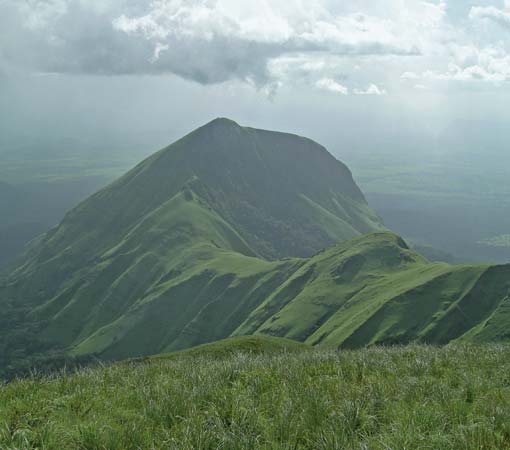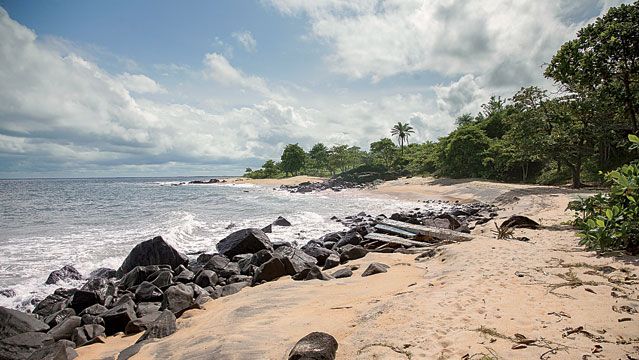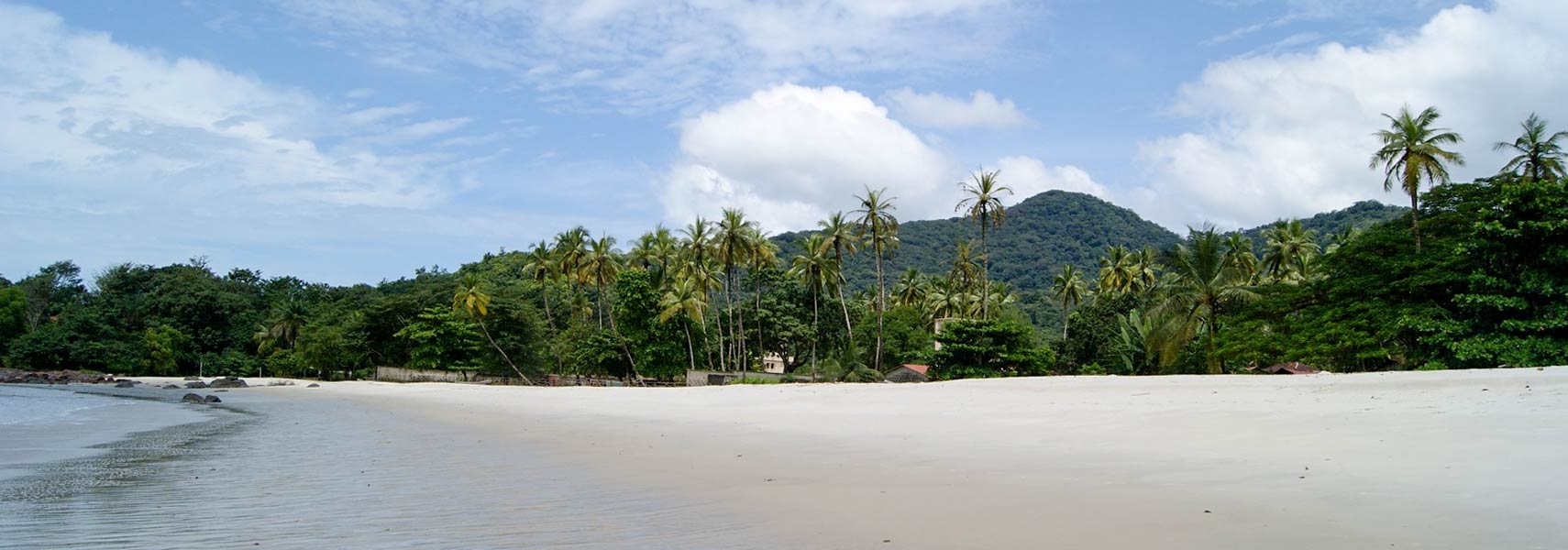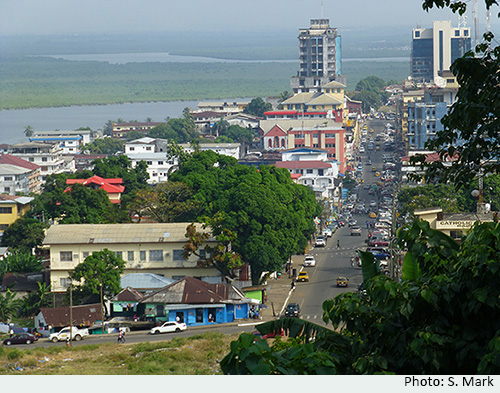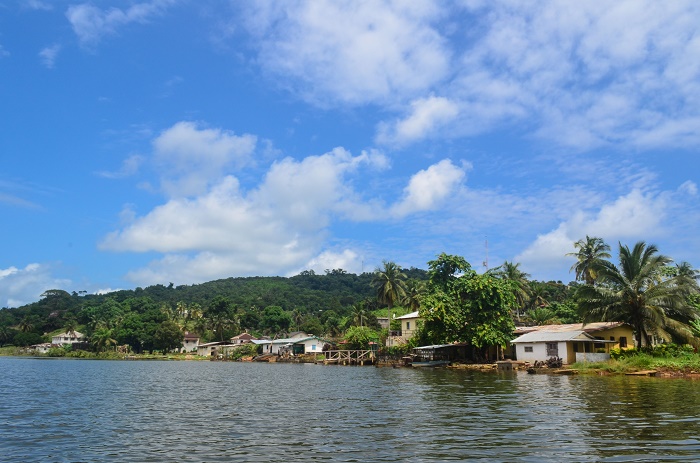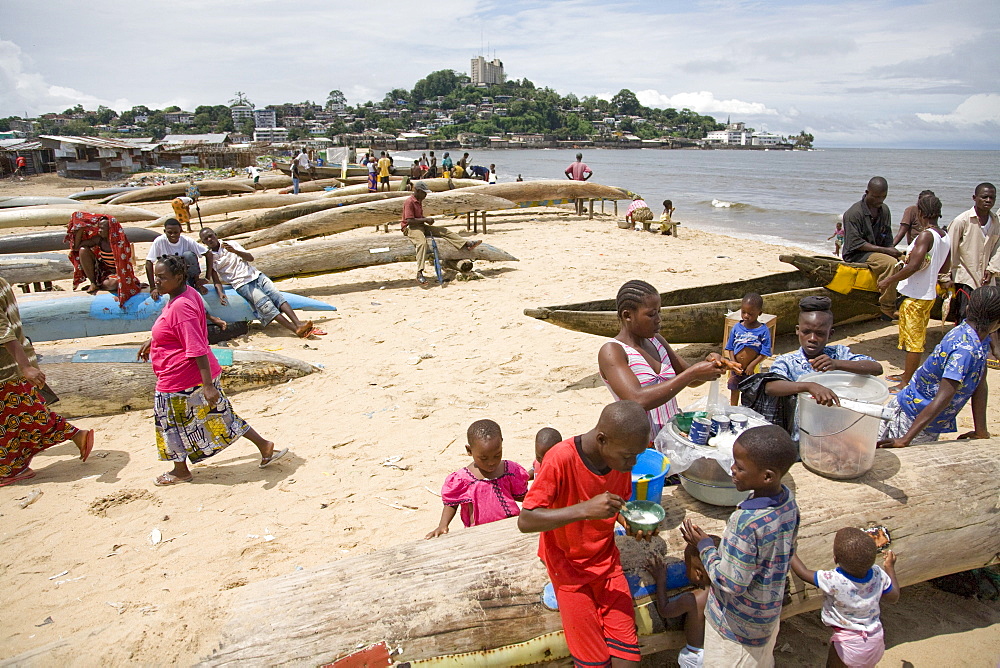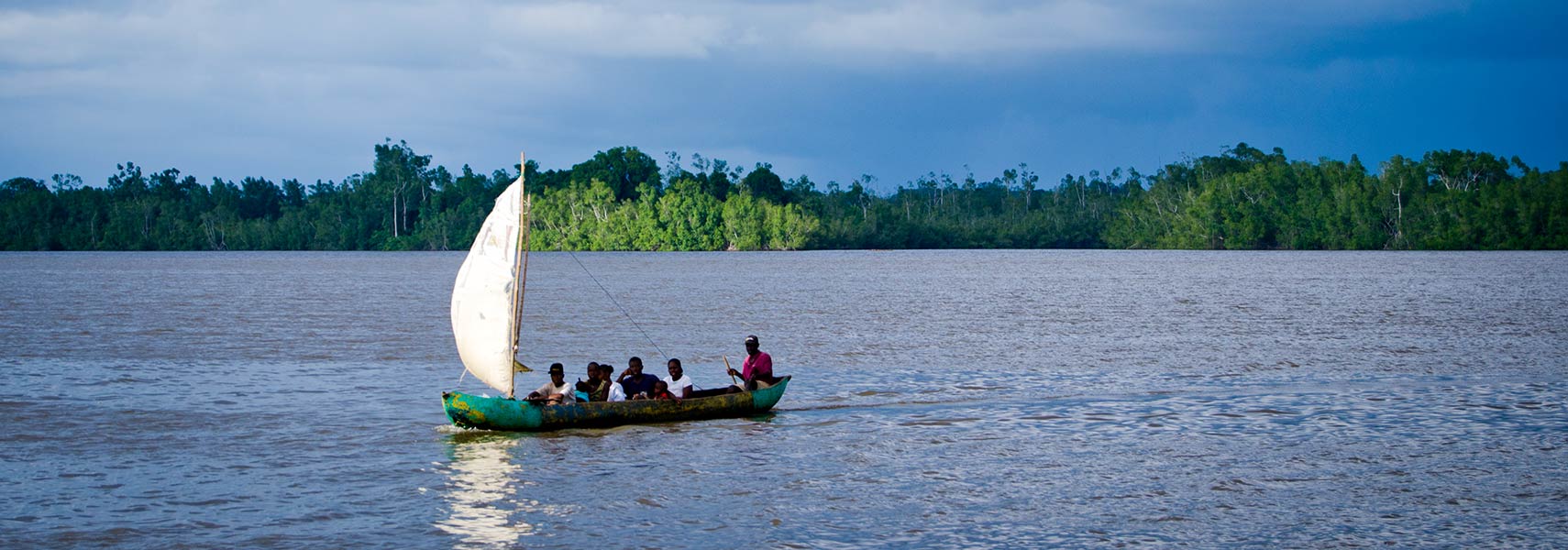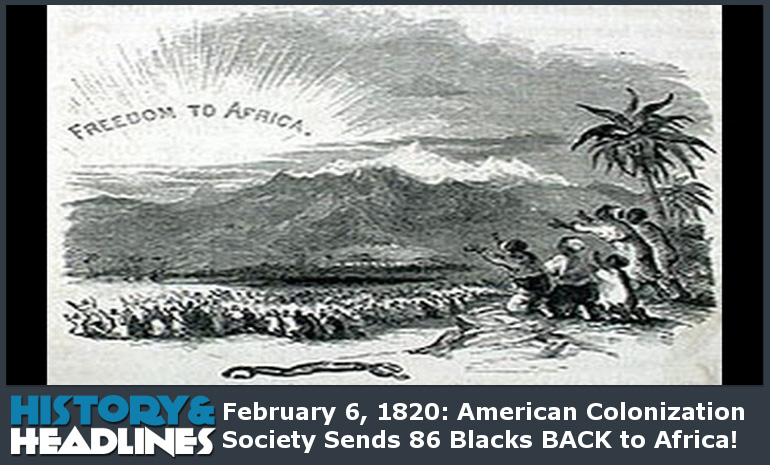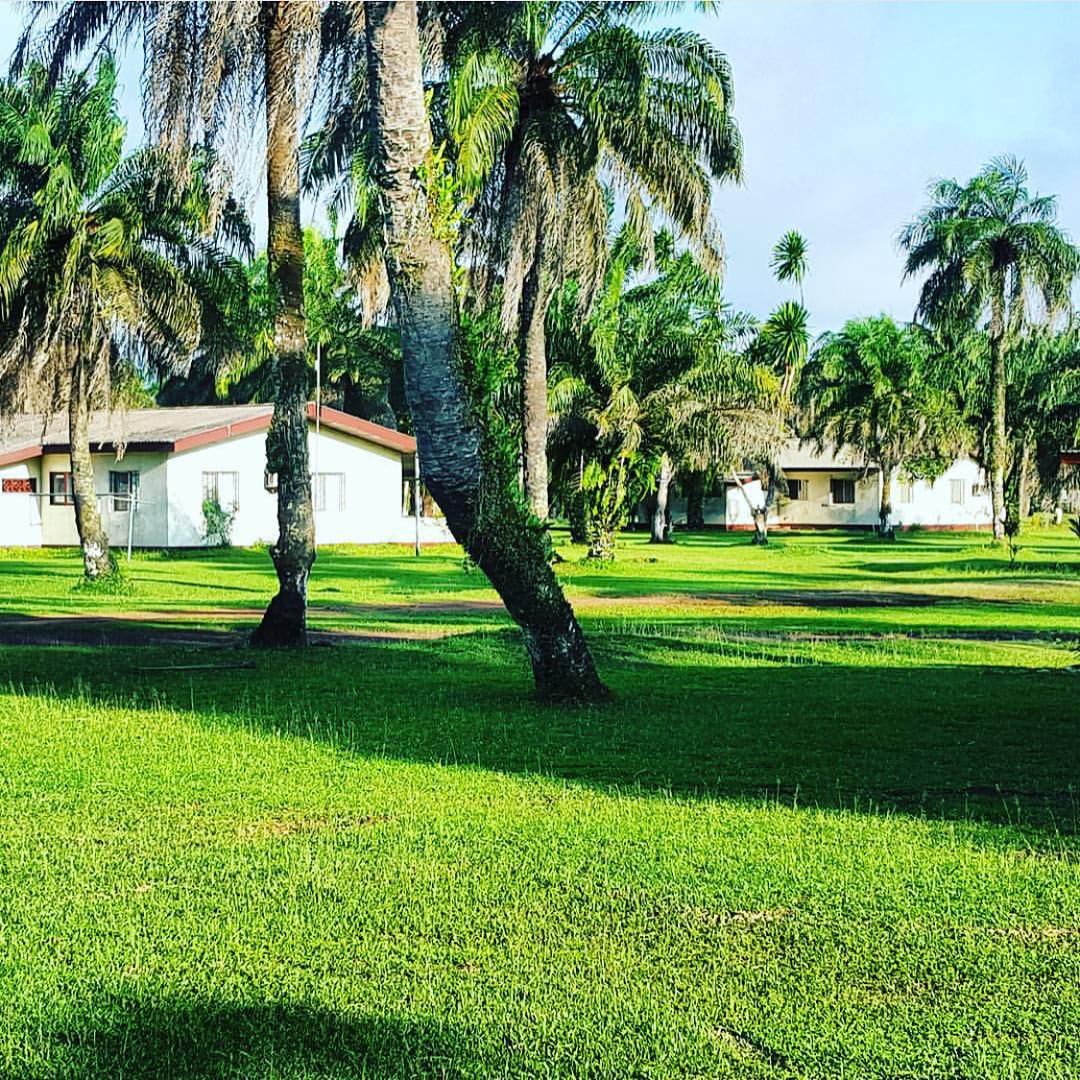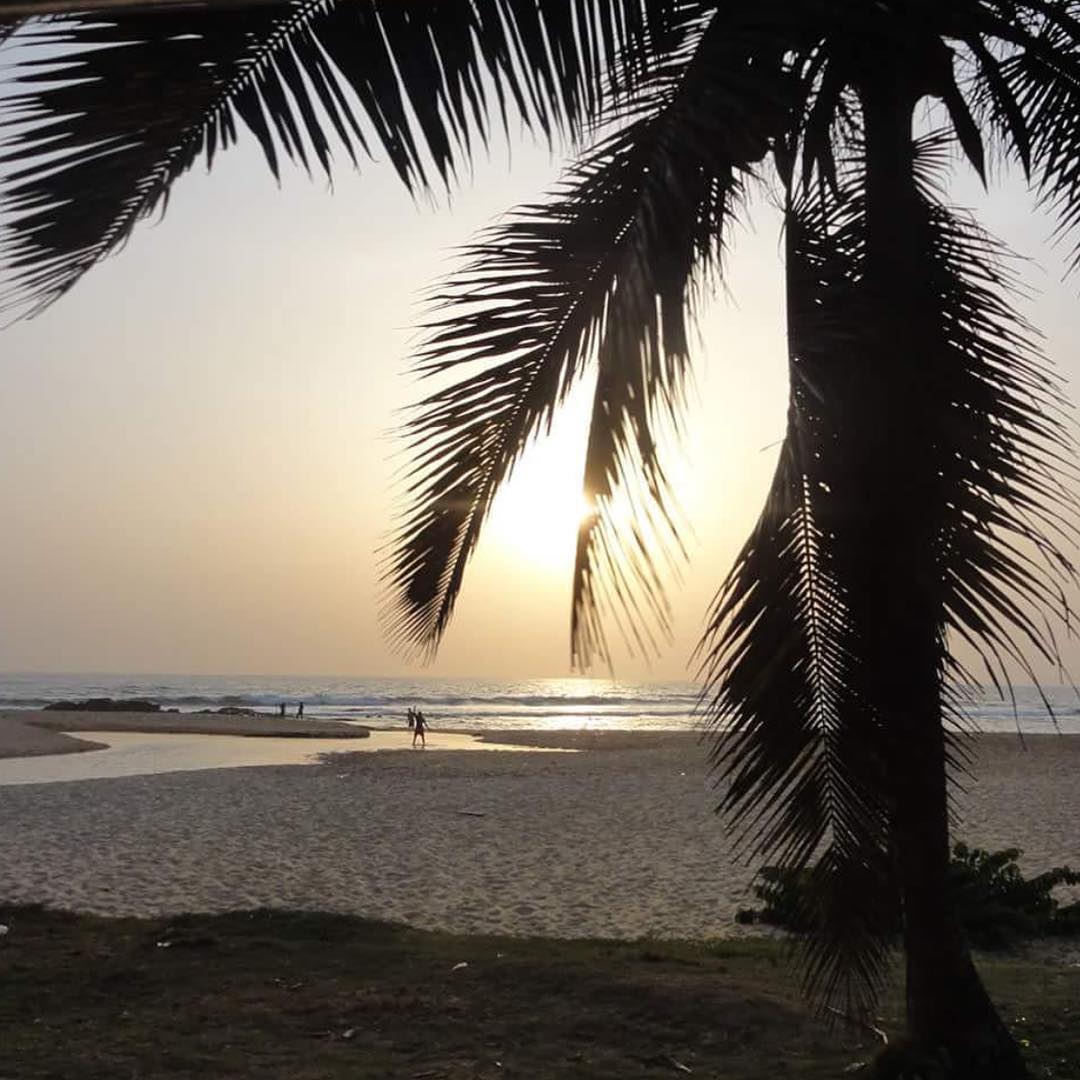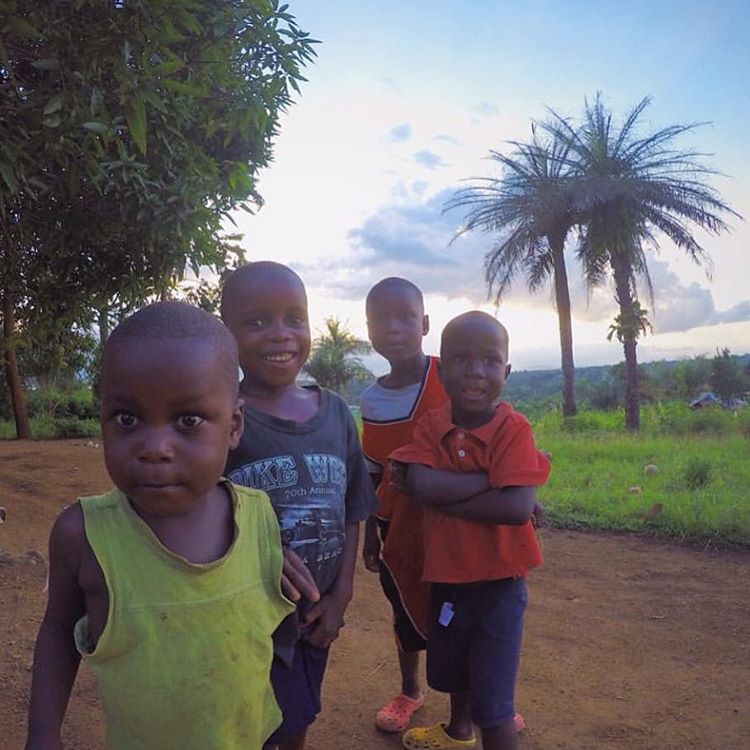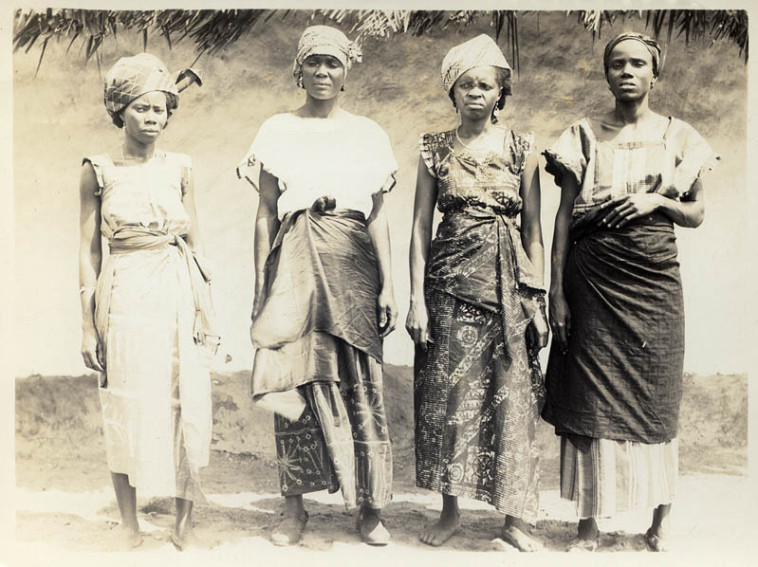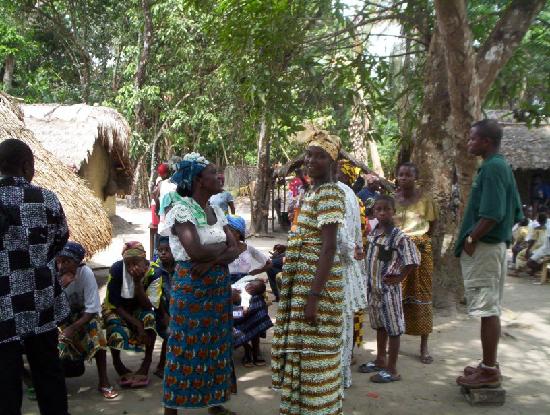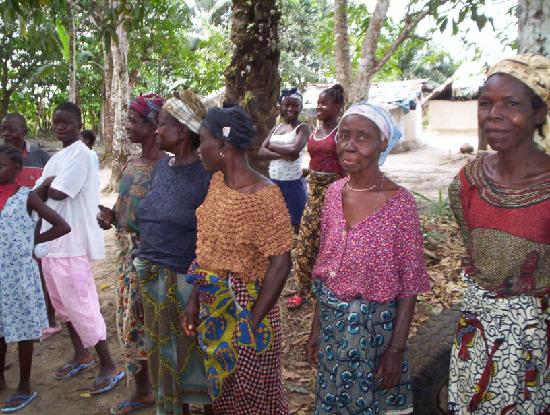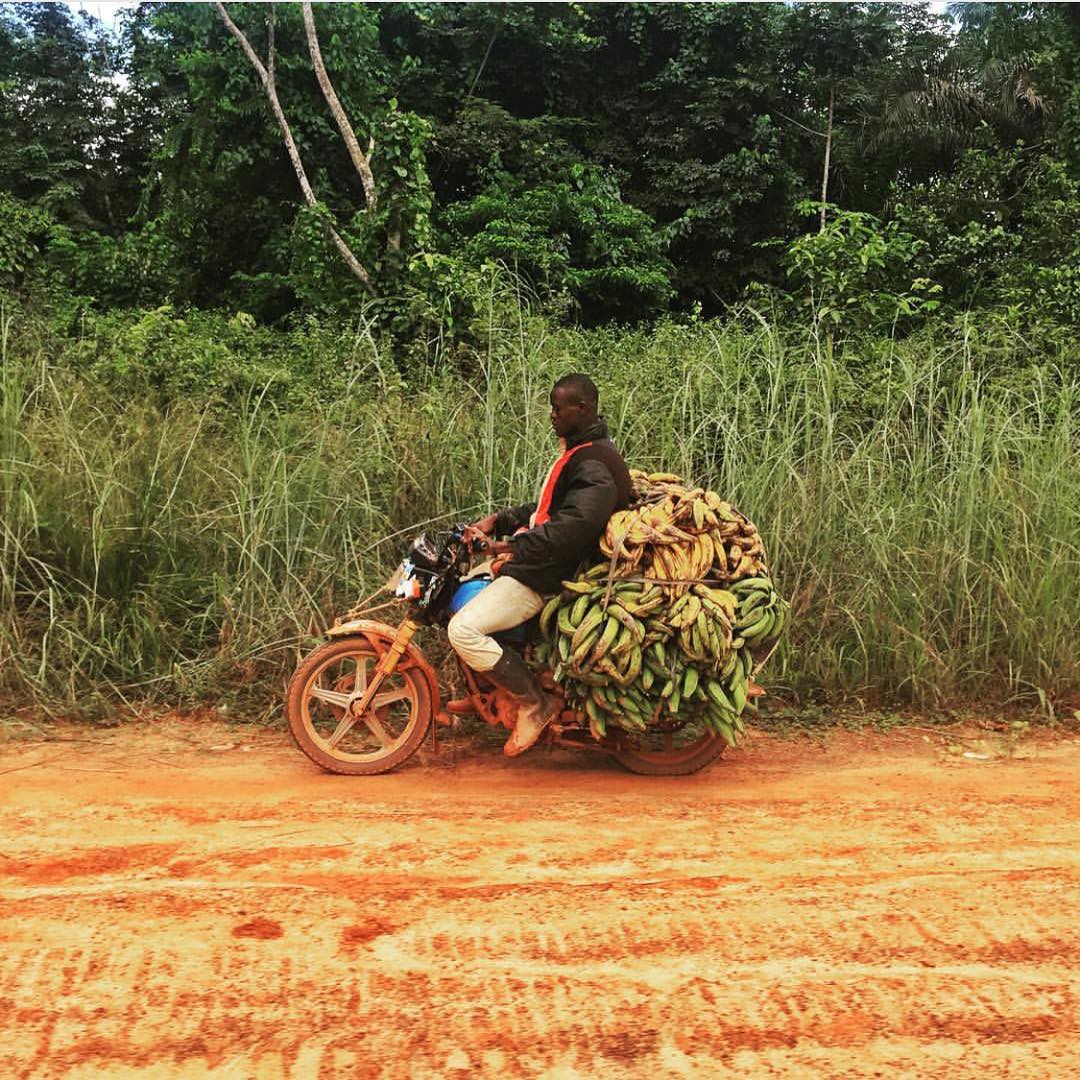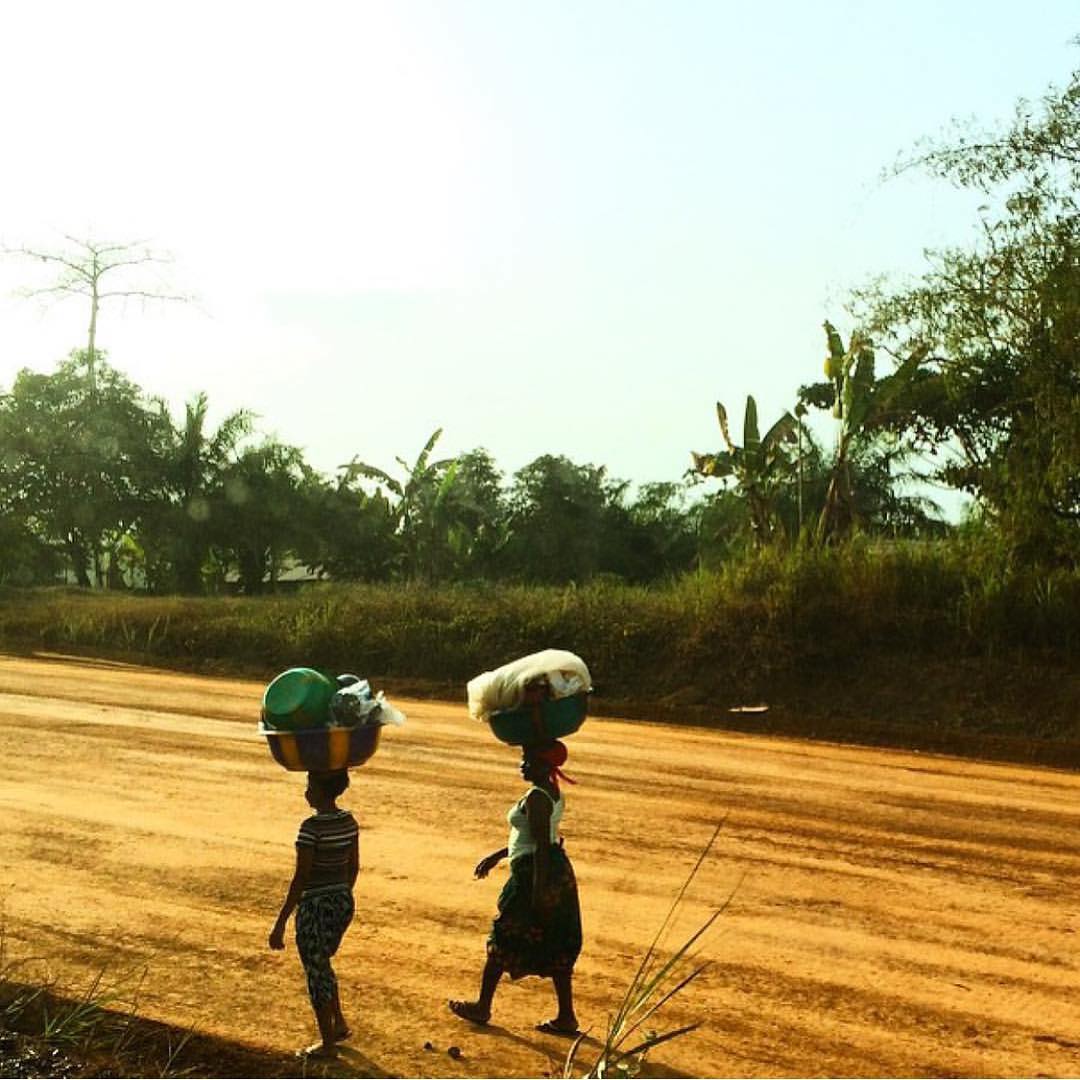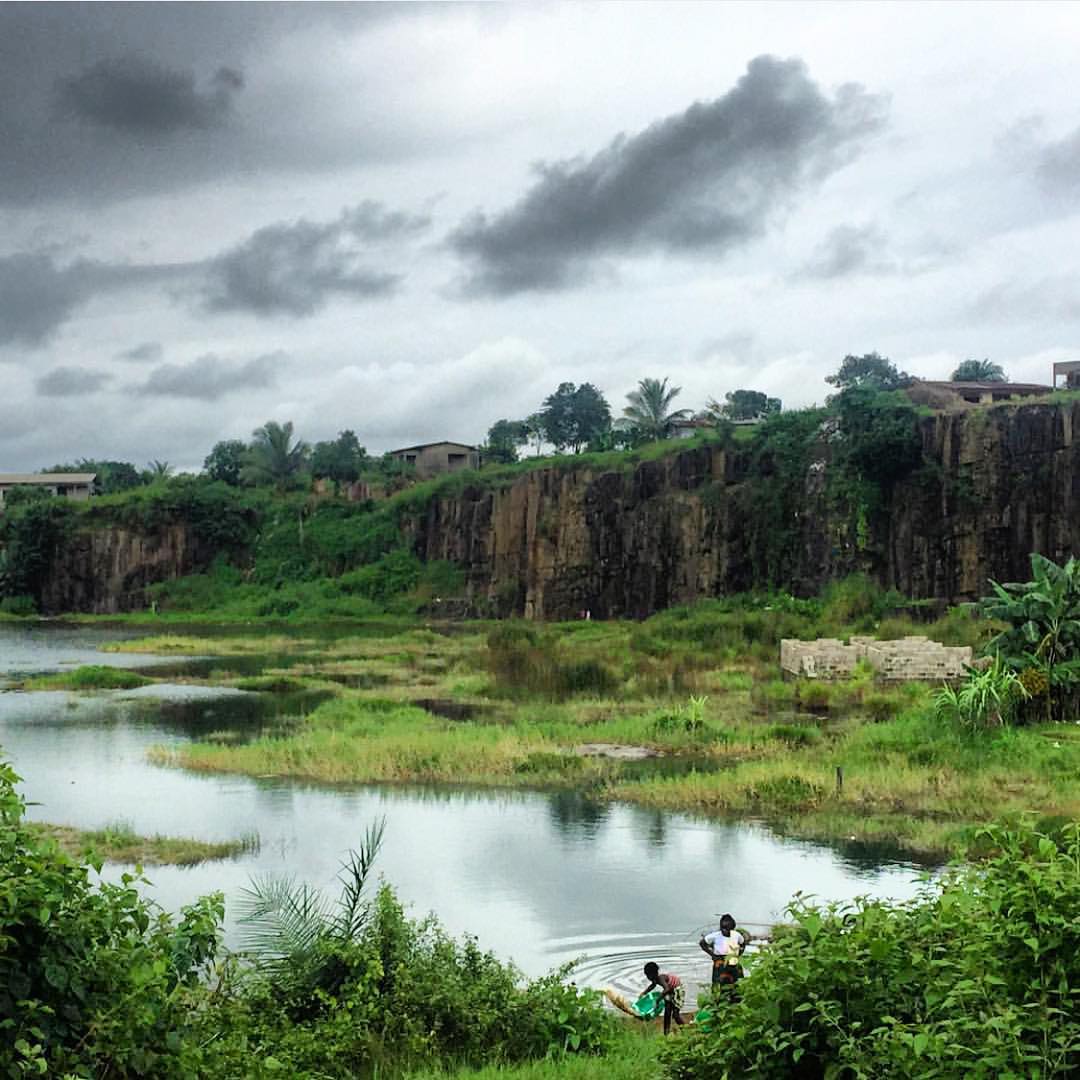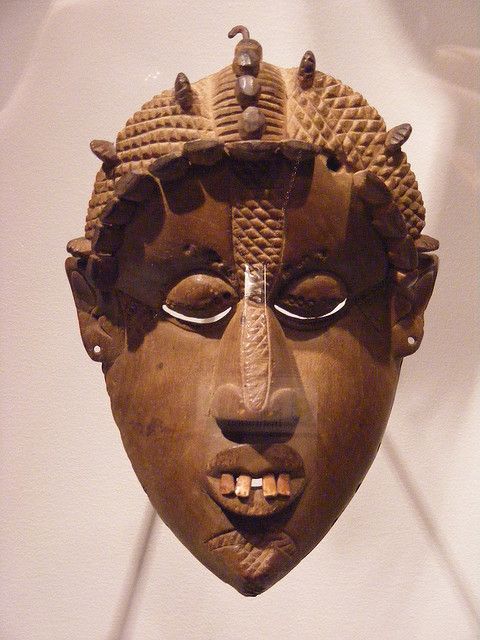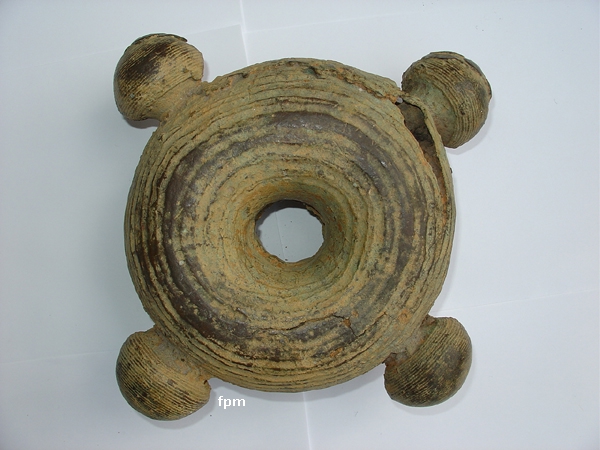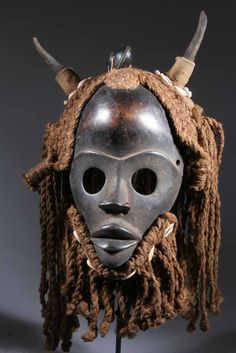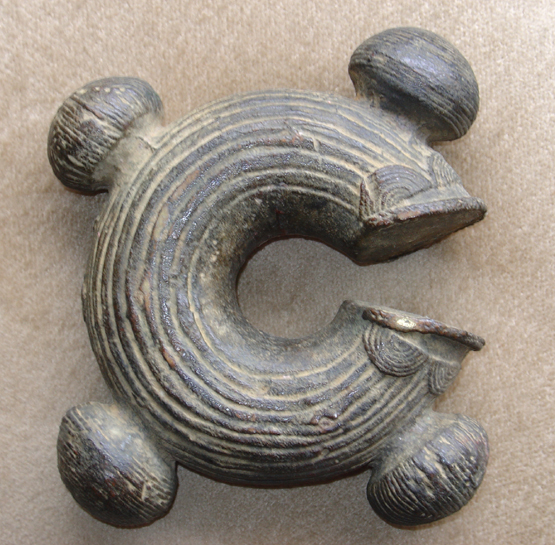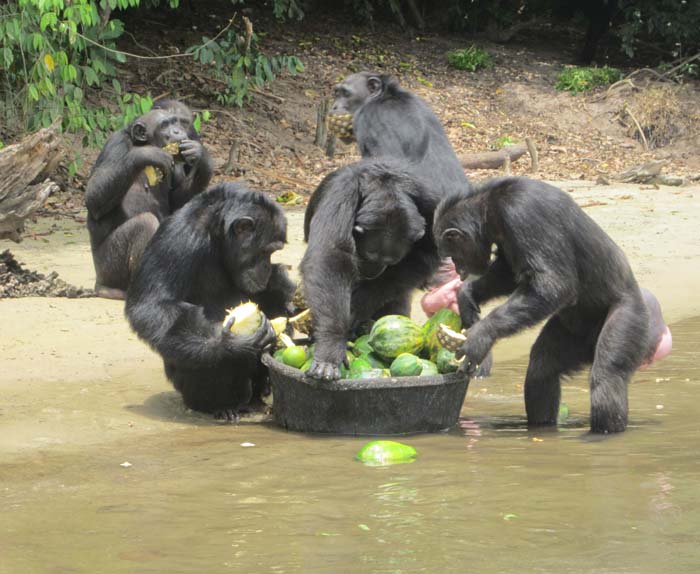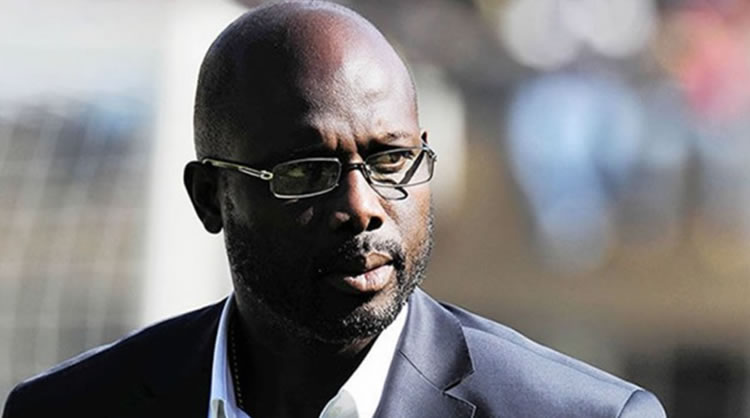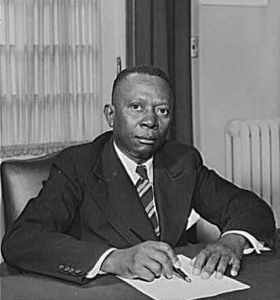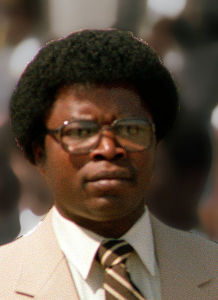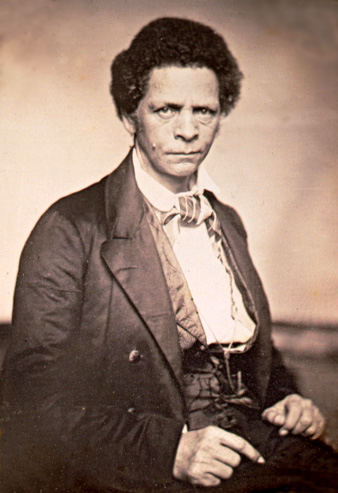Our Country, Liberia
Liberia is the home and the birthplace of the Nyanfore and Nimley family. She is the home, the country where they came from and where their ancestors were born, bred and buried. Liberia is our country.
Prior to 1822, the land now called Liberia was known also as the Grain Coast and was inhabited by various African tribes. Anthropologists have divided them into four linguistic groups; namely the Mande-Tan, the Mande-fu, the West Atlantic, and the Kru.
The Mande-Tan consists of the Vai and the Mandingo. This group originally inhabited the Quoja Kingdom, which was located from the Mano River to Cape Mesurado. The Mande-tan is composed of the Mano, Gio, Ge, Loma, Bande, and Kpelle. They occupied the Nimba and the Lofa regions. The West Atlantic comprises the Gola and the Gissi. They are of the Mel-speaking people of Western Sudan, according to some scholars. The Gola inhabited the interior part of the Quoja kingdom, which was ruled by king Manu.
As stated previously, the Kru, including the Bassa, first occupied the Folgier Kingdom, which stressed from present-day Monrovia to the St. Paul River. Across the river to the area of Bomi County was Gola land or land of the Gola people.
The groups were not in general homogenous living in once-peaceful society. However, while there were inter-ethnic battles, there were inter-tribal marriages and intertribal trades among the tribes. Also, there were alliances; for instance, the Condo Confederation of Western Liberia before 1822.
Traditional Liberians traded with Europeans as back as in the 14th century. The natives sent to Europe various products such as peppers, oil, ivory, fabrics, and gold in exchange for rums, firearms, and general merchandise. The land was self-sufficient. Cotton goods from the area were of better quality than those made in Europe as Sir Harry Johnston noted below:
“Strange to say, it was the natives of the Gambia and other rivers of Northern Guinea, and Cape Mount in Liberia that impressed the Europeans with the excellence of their cotton fabrics, and actually sent some cotton goods to Portugal”.
Johnston further stated that the Liberian natives exhibited a high condition of civilization among themselves in the 14th century and before 1560. He also compared their condition in that period to that in the 20th century. He wrote. “The traditions of the Norman traders who visited Liberia in the fourteenth century and the authentic records of the Portuguese commerce with that country before 1460 and 1560, reveal a condition of civilization and well-being amongst the untutored natives which is somewhat in contrast to what one finds in the same coast at the present day”.
Later studies show that Voinjama was an industrial site, which was “the core of the most complete industrial unit in the indigenous economy among Africans in Liberia”. (George W. Brown, 1941) There was also the manufacturing of sodium and potassium salts on the coast for food spicing. Moreover, Dr. Carl Patrick Burrowes indicated in recent research that “barkless Keke dogs” raised and trained in Liberia were sent to ancient Egypt and used by the Pharaohs as pets, that Liberian natives discovered Kola used in drinks, and that Liberian tribal people taught Americans how to grow rice. His study further confirms works by others that native Liberians helped train Europeans how to navigate the sea. It gives fresh and additional support to the argument that the land called Liberia existed far before 1822 and that its inhabitants were self-sufficient living in a civilized, productive, and functioning society by their own standard. There were established educational institutions and social and political governance.
Nevertheless, by the end of the 16th century, there was slave trading along the African coast. Many of the Liberian tribes, including the Krus, Golas, and Kpelles, were mentioned to have participated in the trade. Certainly, war prisoners or captives who were previously used as local laborers and some later assimilated into the society were sold as slaves. Tribes waged war against other tribes for slaves. This new practice, which was introduced and influenced by the Europeans, brought hostility among the tribes while it benefitted and profited the slave traders and their countries.
But this activity in Liberia was not as pronounced as it was in other West African coasts; i.e., Sierra Leone and Ghana (Gold Coast) where there existed slave castles. One reason may have been the resistance by some tribes and former collaborators against this practice particularly in later years. For instance, the Krus also fought and rebelled against slavery. When captured, many committed suicide while on their way to slavery.
In 1822, the American Colonization Society (ACS) transported freed former slaves from America to Liberia. ACS was founded in 1817 to send American Black ex-slaves to Africa. To the society, particularly its religious supporters, the former slaves would serve as agents for “Christianization and civilization” of the African natives.
The ACS viewed that Christianization was civilization, though the settlers were neither Christians nor civilized in the true sense of the words. Meanwhile, to the ex-slaves, coming to Africa would provide them with land for plantation farming and the opportunity to become landowners and masters like their former owners.
The coming of the settlers from America and the settlement of the Congos in Liberia resulted in some positive outcomes. It helped discourage slave trading in the West African subregion and the structuralization of such trading in Liberia particularly. Also, for neutrality as outsiders, they contributed to a peaceful amelioration of tribal disputes.
However, their settlement created social cleavages and hierarchy consisting of three levels: at the top was the self-named Americo-Liberians, former American slaves, followed by the Congos; recaptured African slaves from the Niger-Congo delta in the middle. The natives were at the bottom. Further, the American settlers were also divided alone color line consisting of the light-skinned settlers on the one hand and two dark-skinned settlers on the other.
Although the division among the settlers subsided in later years, the social stratification between the settlers and the native Africans in many respects continues today. In 1847, Liberia gained independence; but the native majority was excluded in the new nation until after 1910 and was allowed to vote only after 1945. The settlers viewed the indigenes to be inferior and therefore suppressed them until 1980.
The class division, along with the desire of settlers to always rule and control, was the fundamental reason for the social and political polarization between the two groups as shown in the Kru revolt, the Sasstown War, and the D. Twe issue discussed earlier. It gives the main reason for the rural under-development and the cause for country-city migration of rural dwellers for opportunities in the capital city, Monrovia.
Despite the national division, Liberia's current head of state, George Manneh Weah, though of Kru ethnicity, was overwhelmingly elected president for all Liberians in 2017. He is the second elected president of a full native background. The first was Samuel K. Doe. We hope that the new leader will help bring justice, reconciliation, and national unity and peace for the betterment of our country and all of our people.
Liberia is the oldest African republic in Africa and was instrumental in the gaining of independence for other African countries. The country is rich in natural resources, has beautiful lands, rivers, and beaches. She is a young multi-party democracy and seeks justice, freedom, and opportunity for all her citizens. This desire is a challenge for all Liberians, particularly young Liberians at home and abroad to make the dream and hope a reality.
OUR NATIONAL PRESIDENT AND SOME OF OUR PAST PRESIDENTS
His Excellency, George Manneh Tarpeh Weah Joseph Jenkin Roberts William V.S. Tubman
President of the Republic of Liberia, 2018 - President, 1848-1856 President, 1944-1971 First president
Samuel Kayon Doe
President, 1986-1990
Photo Gallery of Liberia
CLICK BELOW LINK FOR VIDEO ON LIBERIA
GET IN TOUCH WITH US
